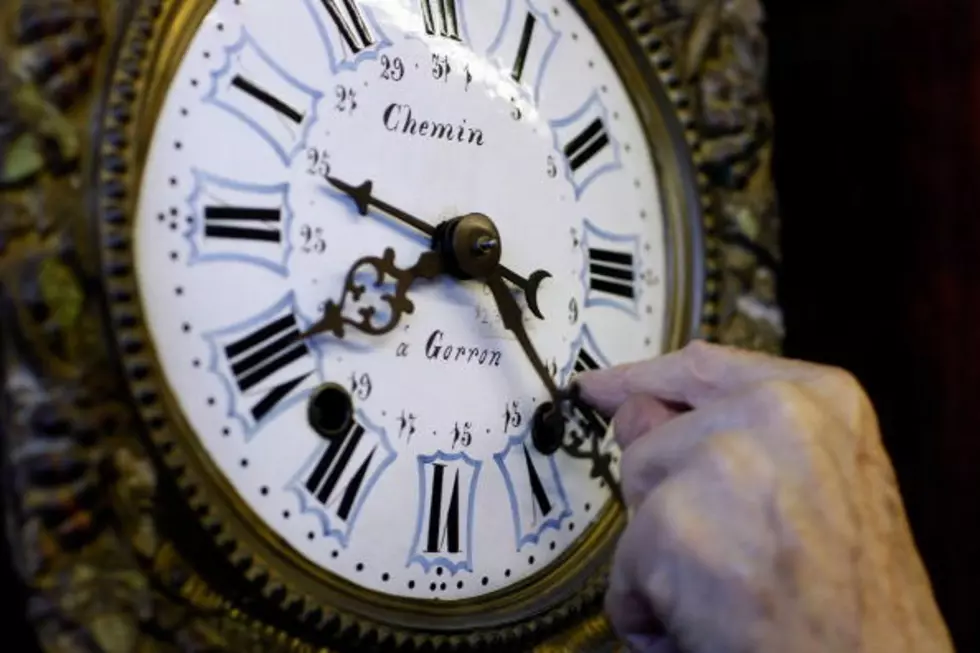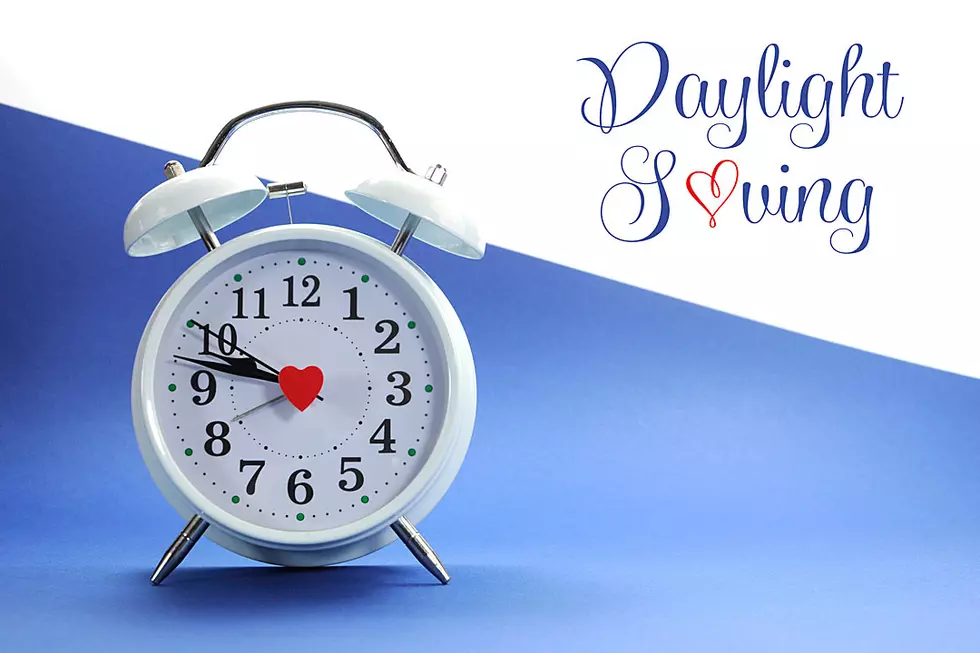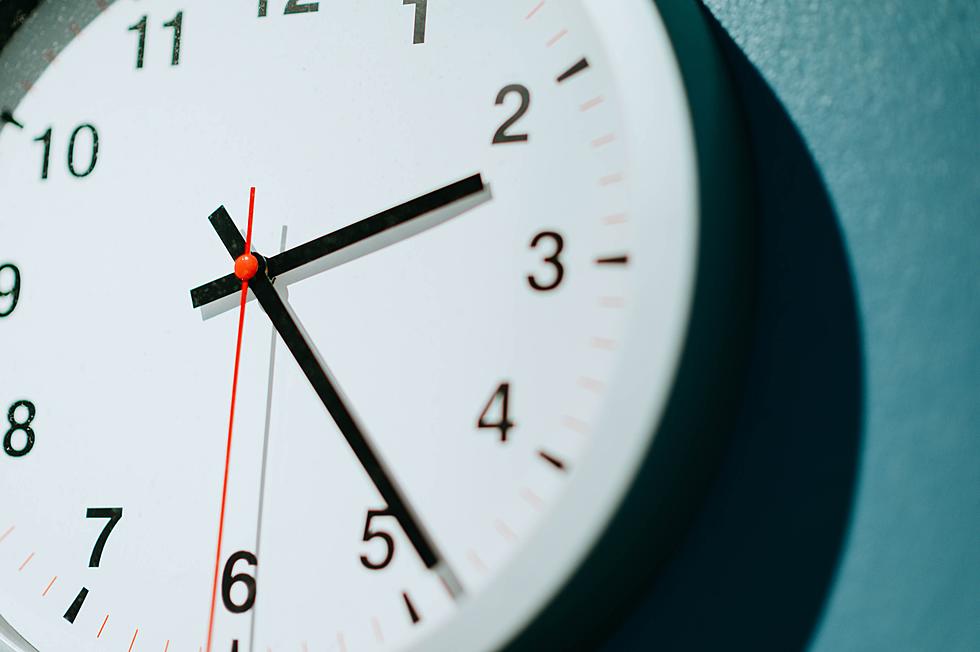
Here’s When Louisiana Will Start Getting More Daylight Again
It's been happening all over Louisiana for the past few weeks. Ever since we did "the clock thing". By "clock thing" I mean made the switch from Daylight Saving Time back to Standard Time. For a lot of people, it means a lot more time in the dark. And for many of those same people, are kind of tired of having to go to work in the dark and drive home in the dark.
Here's when that will start to change.
Last night, Thursday, December 21 at 10:27 pm, according to the Old Farmer's Almanac, the Earth's northern hemisphere experienced the winter solstice. That's a fancy way of saying it was the first day of winter. It was also the "shortest" day of the year. By "shortest" we mean the amount of daylight available was less than on any other day of the year.
So, technically things will begin to improve beginning today, right? Well, you won't notice the increasing daylight probably for a few more days and weeks. By the time March rolls around, we'll have added three minutes per day.
Right now our average daylight time in Louisiana is about 9 hours and 10 minutes. By the time January finishes up that amount of daylight will have grown to 9 hours and 15 minutes. Then as we get into late February and March we start the "three-minute increases" almost every day.
So by the time the late spring and summer months arrive, we'll be seeing more daylight than we do darkness. So, if you're tired of driving in the dark you only have a few more weeks until you'll start to see things begin to brighten up for you. Unless we mess with the clocks again in the spring, then all bets are off.
11 Common Skills That Every Human Should Know
Gallery Credit: Bruce Mikells
More From 97.3 The Dawg









